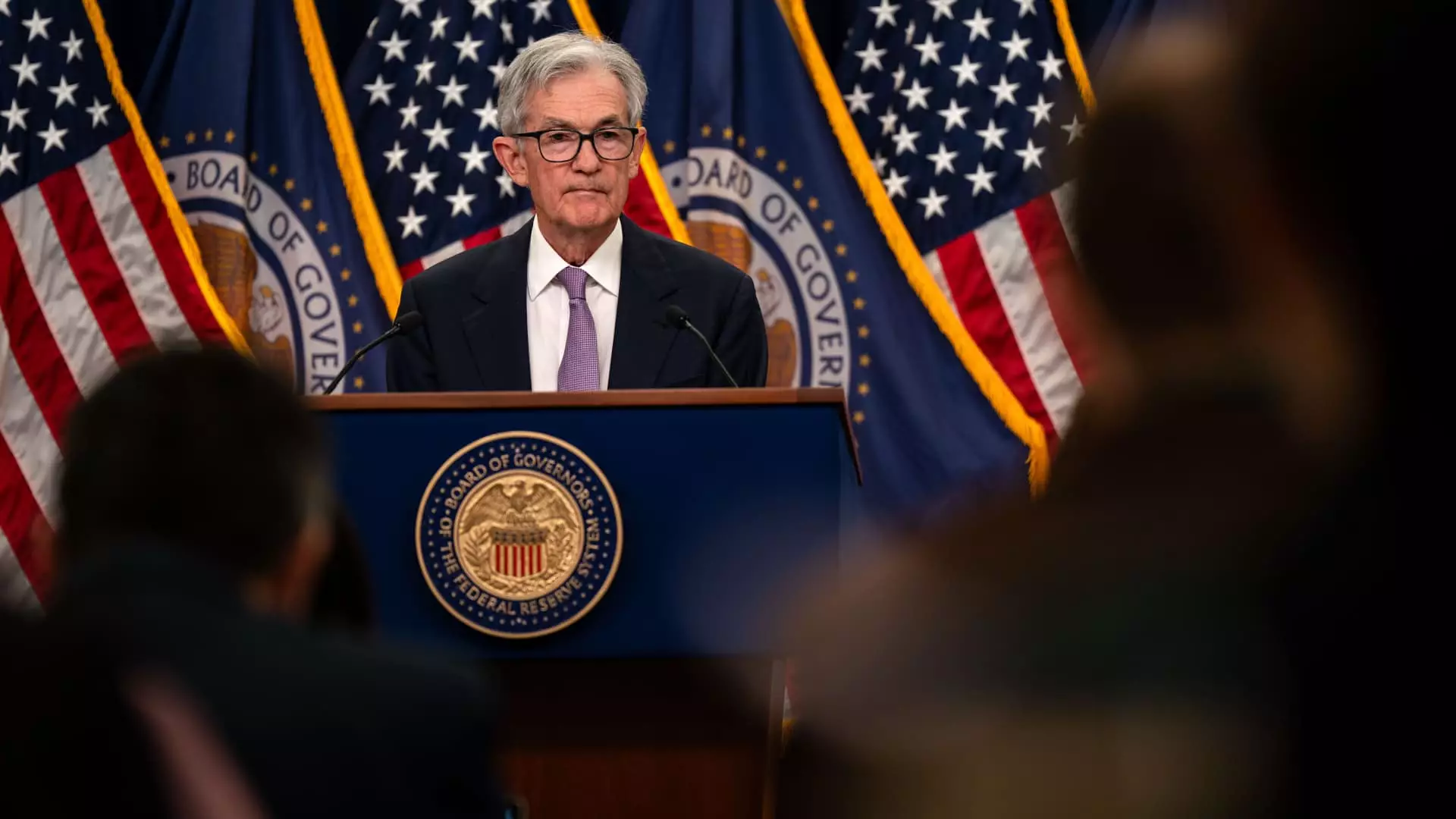In light of the complex economic landscape, the Federal Reserve’s decisions regarding interest rates emerge as a crucial topic of discussion. The December meeting minutes reveal significant apprehensions among officials regarding inflationary trends and the potential impact of incoming policies from President-elect Donald Trump. As global markets brace for potential shifts in trade and immigration policies, policymakers emphasize caution and a need for careful evaluation before making further monetary adjustments.
The minutes from the Federal Open Market Committee (FOMC) indicate a consensus among officials that inflation risks are increasingly prominent. With inflation rates reaching an annual rate of 2.4% in November, alongside a higher 2.8% rate when considering food and energy prices, the Fed is operating above its inflation target of 2%. Such figures contribute to a growing sense of urgency within the central bank to navigate the complexities posed by incoming administration policies without jeopardizing economic stability.
Discussions among FOMC participants highlighted that the changes in immigration and trade policies—proposed by Trump—could instigate unforeseen economic ramifications. This uncertainty perpetuates a cycle of caution as officials tread carefully in adjusting interest rates, mindful of how abrupt changes could affect consumer confidence and spending power. As a result, the decision to lower the benchmark borrowing rate to a target range of 4.25%-4.5% was accompanied by a decision to temper expectations regarding future cuts.
While the immediate decision reflects a responsive approach to economic conditions, the FOMC has signaled that the pace of interest rate cuts will likely slow down. Market observers and participants alike are beginning to anticipate a more gradual trajectory in monetary policy adjustments, contrasting sharply with the aggressive stance earlier anticipated in the wake of Trump’s election victory. Previously forecasted cuts for 2025 have been slashed from four to two, emphasizing a shift towards a conservative strategy in light of current economic indicators.
The rationale behind this measured approach is multi-faceted. Many participants echoed concerns that the current economic environment, although robust with substantial consumer spending and strong labor market figures, necessitated a long-term perspective. The Fed’s cautious demeanor can be likened to the metaphor provided by Chairman Jerome Powell, who suggested that navigating these economic challenges is akin to “driving on a foggy night.” The emphasis on gradualism reflects an understanding that the repercussions of policy changes—particularly those linked to trade and immigration—are still largely unfathomed.
Aligning Future Decisions with Evolving Data
Despite the Fed’s current position, the minutes acknowledged that future policy decisions will be contingent on incoming data trends. Officials stated that they find themselves at a critical juncture, where their policy stance must adapt based on how the economy responds to previous monetary actions. This sentiment reinforces the idea of a responsive monetary policy framework—one that isn’t bound by pre-established timelines but is instead flexibly aligned with ongoing economic indicators.
The FOMC members have indeed incorporated elements of predicted policy changes into their forecasts; however, the specifics of how these changes will unfold remain ambiguous. The inclusivity of various factors—from consumer demand to wage growth—contributes to the overall uncertainty, underscoring why detailed scrutiny of market data will be paramount for future adjustments.
As market analysts digest the meeting’s outcomes, there appears to be a strong consensus that traders expect the FOMC to pause any further cuts during their next gathering on January 28-29. The current environment reflects a market prematurely pricing in aggressive dovish maneuvers that might not materialize, given the Fed’s commitment to processing ongoing developments before acting.
Moreover, the Fed’s long-term outlook, as showcased through the “dot plot” projections, implies a continued emphasis on strategic evaluation rather than reactionary measures. The anticipation of additional cuts in the coming years suggests a tempered approach, geared towards fostering economic resilience rather than instigating volatility through hasty policy shifts.
As the Federal Reserve navigates these tumultuous waters, the balance between fostering economic growth and maintaining price stability becomes increasingly delicate. The discussions from December signal that while the central bank is committed to addressing inflation and uncertainty, it recognizes the vital importance of a systematic and data-driven approach. In a climate marked by unpredictability, the Fed’s cautious stance may prove essential in steering the economy toward sustainable growth without exacerbating inflationary pressures or destabilizing market confidence. As we move into 2024, the path ahead remains complex, compelling policymakers to remain vigilant and adaptive in their strategic outlook.

